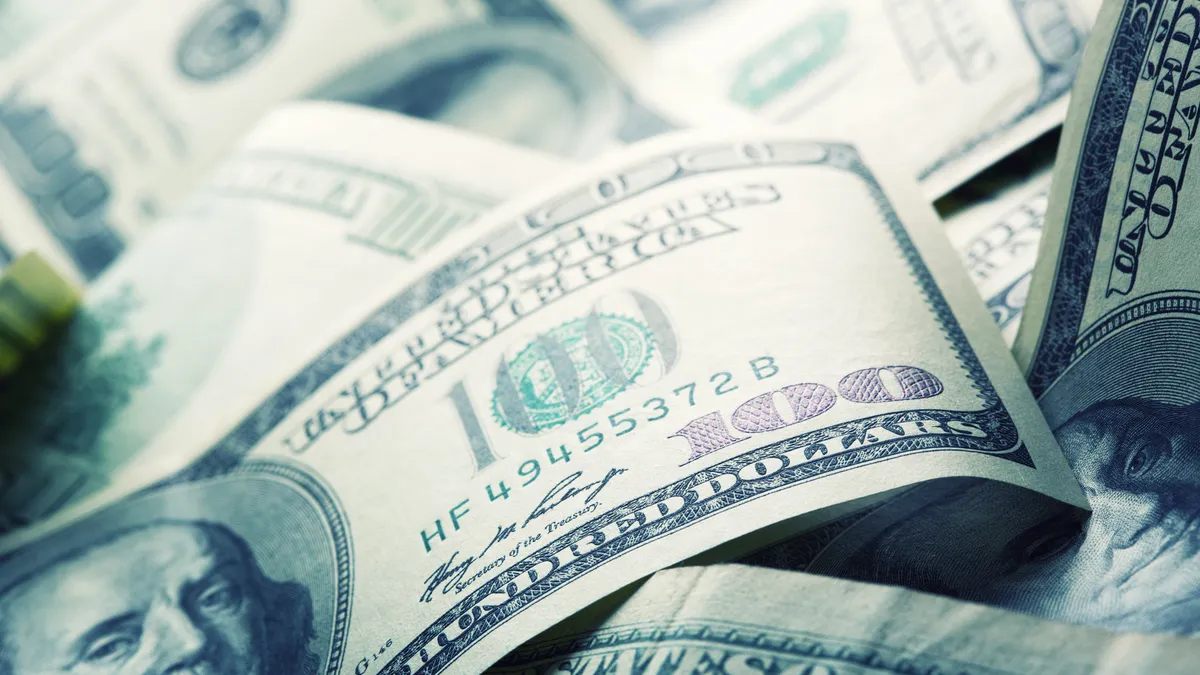Dive Brief:
- Medical device companies spent more money in non-research payments to physicians between 2014 and 2017 than drug companies, an analysis published Monday in the journal Health Affairs found. The payments covered services like royalties, consulting and speaking fees, as well as travel and food. Neurosurgery, orthopaedics and cardiology were among the surgical specialists most targeted by medtechs.
- Payments from medical device companies totaled $3.6 billion, or $904 million per year during the period. Meanwhile, payments from drug companies totaled $3.3 billion, or $821 million per year. While totals were somewhat similar, medtech payments went to about 135,000 fewer physicians than the pharmaceutical industry, making medical device payments to individual physicians larger.
- The majority of medtech payments came from 10 big companies, including Medtronic, Johnson & Johnson, Zimmer Biomet, Stryker and Abbott Laboratories.
Dive Insight:
Device companies' relationships with physicians are different than drug companies.
Study authors note that physicians often play a larger role in the development of devices compared to the development of pharmaceutical drugs.
For example, medical device companies provide surgeons with training and education on specific products due to the complexity of implanting a device in a patient, which can lead to representatives from companies being in the operating room during procedures.
These differences may account for differences in the data, such as device companies spending more money on what's deemed education or royalties and licensing than drug companies.
However, study authors still cautioned that close relationships with industry could create bias if influence "comes from the firms with the deepest pockets instead of the firms with the best therapies."
The report used data from 2014 to 2017 from the Centers for Medicare and Medicaid Services Open Payments website, which tracks all industry payments made to U.S. physicians. Companies are required to report the payments.
One difference highlighted was the size of the total payments relative to the size of the medical device and pharmaceutical industries. While payments during the study period were similar in total, the medtech industry is smaller.
Between 2014-2017, about 1.7% of total medical device industry revenue was made up by physician payments, more than seven times the percentage of drug industry revenue made up by payments, according to the study.
Other differences included where payments went. Medical device companies' top three payment categories were royalty, licensing and investment, consulting fees, and speaking fees. Drug companies' top three categories were speaking fees, food and beverage, and consulting fees.
Nearly two-thirds of total physician payments came from 10 medical device companies, mainly the largest in the industry. These companies accounted for 17.6% of all FDA approved devices and "within the specialties that drive hospital spending on medical devices, these firms were even more dominant, accounting for 20% of cardiovascular devices, 19% of neurology devices, 34% of orthopedics devices, and 13% of surgery devices."
Device-approval data came the FDA's public Global Unique Device Identification Database.
Top-paying device vendors, 2014-2017
| Medical Device Company | Total Physician Payments(M) |
|---|---|
| Medtronic | $577 |
| Johnson & Johnson | $383.9 |
| Zimmer Biomet | $285.2 |
| Stryker | $263.1 |
| Abbott Laboratories | $217.5 |
| Arthrex | $183 |
| Smith & Nephew | $128.1 |
| Boston Scientific | $117.9 |
| Intuitive Surgical | $108.2 |
| NuVasive | $103.7 |
SOURCE: Health Affairs, "Medical Device Firm Payments To Physicians Exceed What Drug Companies Pay Physicians, Target Surgical Specialists."
The results also showed payments from medical device companies increased greatly as Medicare billing increased among surgeons. The top 10% of surgical specialists billing Medicare received an average of $10,420 in payments from device companies each year. Annual payments to the bottom 10% of Medicare-billing surgeons averaged less than $2,000.
Medical device payments to the top 10% of Medicare-billing surgeons were seven times higher than pharma payments.
"The relatively steep relationship between device payments and billing suggests that device firms have greater potential scope than drug firms to influence spending on relevant patient populations," the authors wrote.
And while individual payments may be small relative to a physician's salary, authors noted that larger payments could reflect a higher frequency of interactions with the industry.
The discrepancies in spending amounts and payment categories highlighted by the report may be inherent to the differences of the industries and how they operate with surgeons and physicians.
Still, the authors said further examination into the payments and relationships is needed, as well as more robust data regarding medical device use in general, such as including FDA's unique medical device identification codes in claims.
"This policy would allow researchers to link physician-level usage of specific firms' branded devices to the same firms' physician-level payments promoting those devices, just as the inclusion of unique National Drug Codes in prescription drug claims data has allowed this linkage in the pharmaceutical market," the authors wrote.











